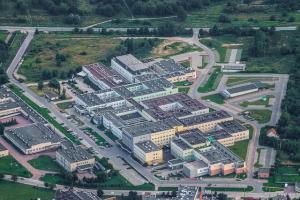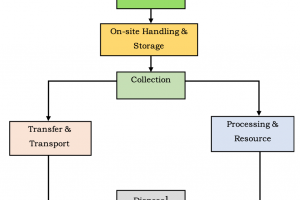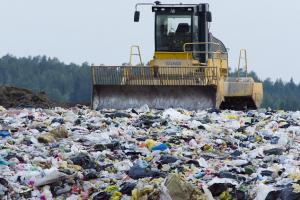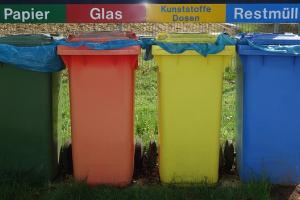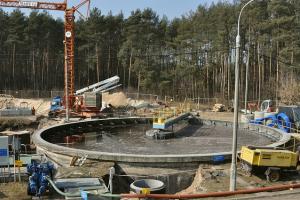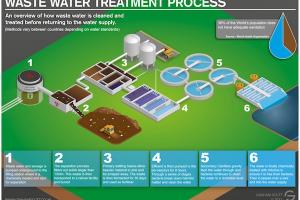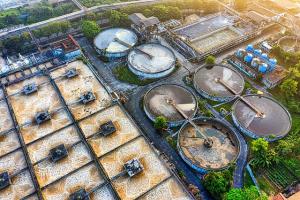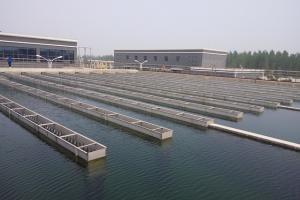Types of Settling in Waste Water Treatment Plants

Let's dive into the different types of settling mechanisms used in wastewater treatment plants, along with examples:
Primary Settling (Sedimentation or Clarification):
Primary settling is typically the first step in wastewater treatment plants and involves the removal of settleable solids and heavy particles from raw wastewater. The wastewater flows into large tanks or basins called primary clarifiers or sedimentation tanks. Here, the flow velocity is reduced, allowing the suspended particles to settle under the force of gravity.
As an example, let's consider a conventional primary settling tank. It usually consists of a rectangular or circular basin with an inlet for wastewater and an outlet for clarified effluent. The wastewater enters the tank, and due to reduced velocity, the heavier particles and settleable solids, such as sand, grit, and organic matter, settle to the bottom. This accumulation of settled solids is known as primary sludge. The clarified water, now free of most suspended solids, flows out from the top of the tank for further treatment.
Secondary Settling (Final Clarification):
Secondary settling is employed in the secondary treatment stage, which focuses on the removal of biological solids generated during the biological treatment process. After the wastewater undergoes biological treatment, it enters the secondary settling tank, also called a final clarifier or secondary clarifier.
An example of a secondary settling tank is the circular or rectangular sedimentation basin. In this tank, the biological solids, which are flocculated and denser than water, settle to the bottom under gravity. The sludge formed at the bottom is called secondary sludge. The clarified effluent, now largely free of suspended solids, is collected from the top of the tank and further treated or discharged.
Tertiary Settling (High-Rate Settling or Lamella Settling):
Tertiary settling is an advanced settling process used to achieve further clarification and removal of fine suspended solids, nutrients, and other contaminants. Tertiary settling tanks are equipped with inclined plates or tube settlers, which increase the surface area for settling.
An example of a tertiary settling tank is the lamella clarifier. It consists of a series of inclined plates or tubes placed at an angle. The wastewater flows through the inclined plates, allowing the solids to settle on the surface of the plates due to gravity. The settled particles slide down the plates and collect at the bottom, forming a sludge layer. The clarified effluent flows upward and is collected at the top of the clarifier. The increased surface area provided by the inclined plates improves settling efficiency, resulting in enhanced solids removal.
Also See: Hospital Waste
Sludge Settling:
Sludge settling refers to the settling of solids in the sludge treatment processes. After primary or secondary settling, the collected solids, or sludge, undergo further treatment steps such as thickening, digestion, and de-watering.
An example of sludge settling is the gravity thickener. It is a tank or basin where sludge is collected and allowed to settle under gravity. As the sludge settles, the clear supernatant or centrate rises to the top, while the settled sludge compacts at the bottom. The thickened sludge is then removed for further treatment or disposal.
Another example is the centrifuge, which is commonly used for sludge de-watering. In a centrifuge, sludge is introduced into a rotating drum. Due to centrifugal force, the solids separate from the liquid, and the dewatered sludge cake is discharged from one end, while the liquid component, known as centrate, is expelled from the other end.
These settling mechanisms are essential in wastewater treatment plants as they enable the removal of solids and sludge, ensuring the production of clarified effluent and facilitating the subsequent treatment and disposal of the separated solids.



